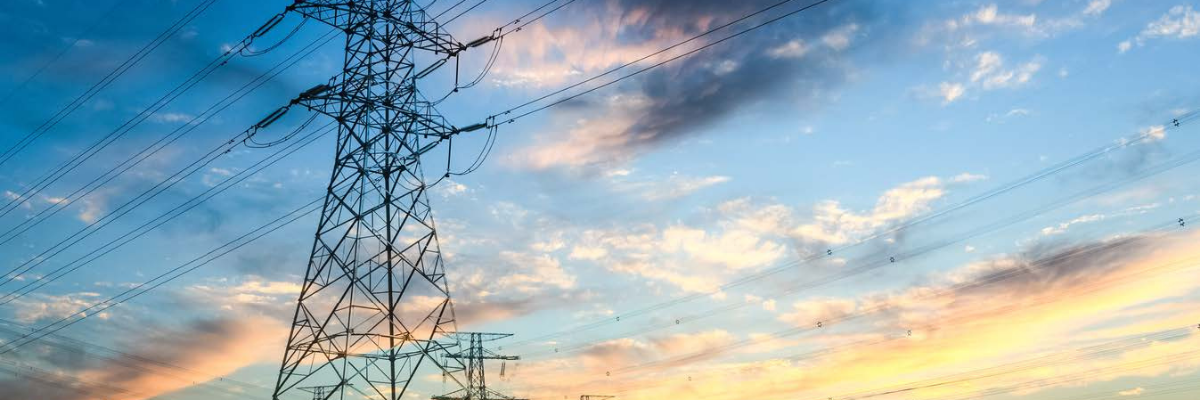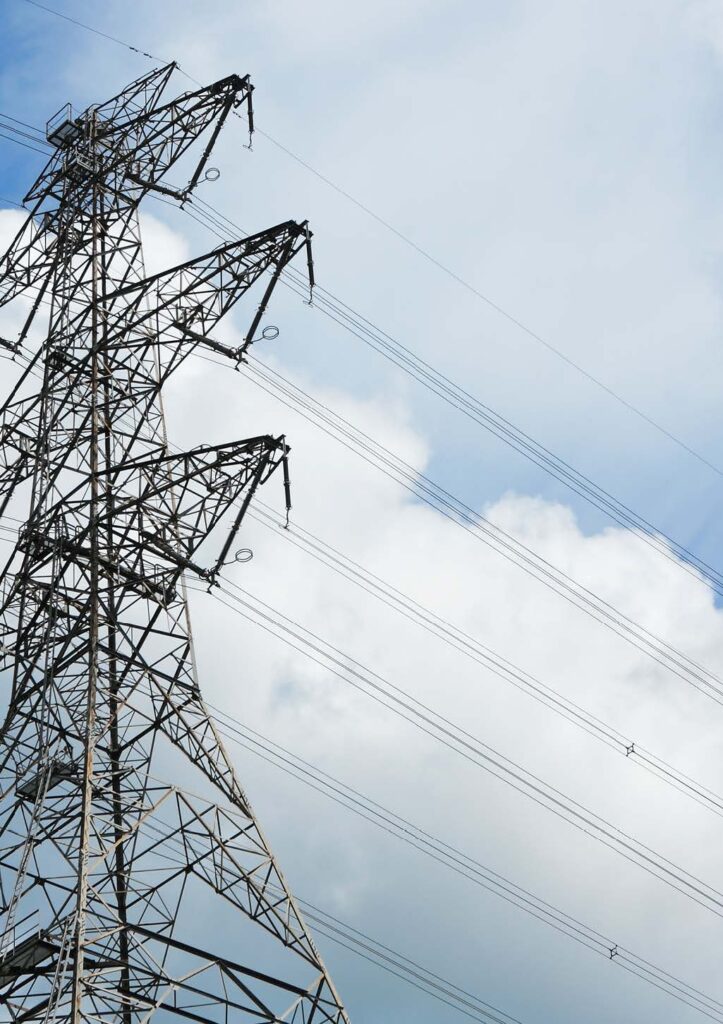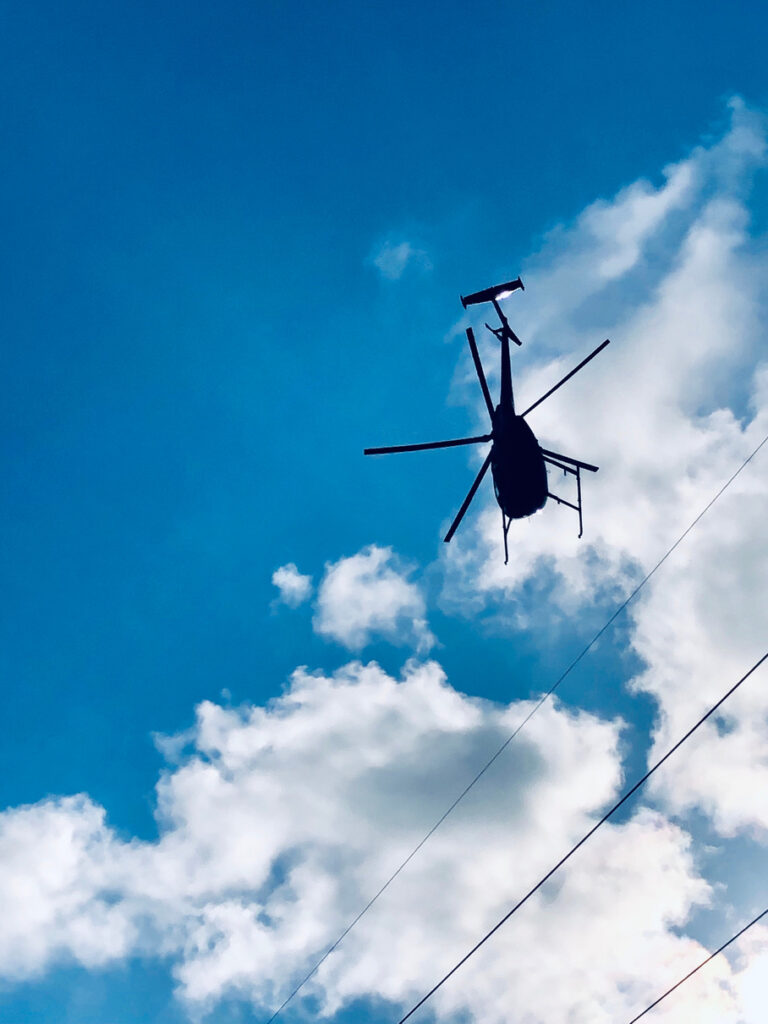
Imagine a future where Australian energy providers can proactively identify infrastructure defects through AI-processed visual data.
Artificial Intelligence (AI) is a game-changer for Australian energy providers, supercharging data processing and predictive analytics.
Using MaxusAI’s unique technology and algorithyms, providers can now harness the power of AI to gain unparalled insights into their visual data.
This technology allows them to analyse bulk imagery to monitor and catalogue assets, process meter readings, detect corrosion, detect cracks , mould, blockages and more.
This means fewer power outages, lower maintenance costs, reduced labour costs and more trust from customers who rely on a steady energy supply.
Find out how MaxusAI can help your energy business thrive. Contact us today.

How MaxusAI can help manage your visual data
- We start by assessing your specific needs for data management.
- We will then build your custom AI solution using our easy-to-use in-browser software (typically this takes circa 1 day).
- Next, we train your AI model to identify the key criteria you are looking to find (i.e corrosion / cracks etc). This is an iterative process, meaning that as we input more data and refine parameters, the AI output is constantly improving.
The benefits of incorporating AI into visual data processing
Incorporating AI to review visual data brings a host of benefits for energy providers, from enhancing security to streamlining data analysis. Here are just a few of the benefits:
Rapid Infrastructure Inspection: AI enables energy providers to swiftly review visual data from power lines, substations, and equipment. This speed ensures that potential issues, such as damage or wear, are identified quickly, minimising downtime and ensuring a reliable energy supply.
Enhanced Safety Measures: Using AI to analyse visual data in hazardous environments reduces the need for manual inspections, safeguarding workers from potentially risky situations. Drones can perform aerial inspections, keeping human workers out of danger.
Predictive Maintenance: AI can identify subtle visual cues that indicate equipment deterioration. By analysing visual data, energy providers can predict when maintenance is needed, preventing costly breakdowns and extending the lifespan of equipment.
Efficient Asset Management: AI-driven visual data analysis helps track the condition of energy assets over time. This aids in making informed decisions about asset replacement, upgrades, or optimising their usage.
Regulatory Compliance: AI can review visual data to streamline compliance with Australian safety and environmental regulations. This proactive approach helps energy providers avoid penalties and maintain a good public reputation.
Customised Insights: AI’s ability to analyse visual data can offer energy providers customised insights into their specific operations, helping them make informed decisions to optimise efficiency and reliability.
Reduced Costs: By automating visual data review, energy providers can reduce the costs associated with manual inspections, while improving the accuracy and speed of data analysis.
Innovation in Renewable Energy: AI can be utilised to monitor and analyse visual data from solar panels, wind turbines, and other renewable energy installations. This enables energy providers to maximise the efficiency of their renewable resources.
“Analysing more than 1,000 images containing 15,000 fasters and structural members, Maxus AI validated that an AI solution could improve and scale the condition monitoring process for corrosion on remote power transmission towers”
Glenn Neubar -Founder and CEO, Maxus AI
What types of visual data can AI detect and flag?
Incorporating AI-powered image analysis in the energy industry provides valuable insights, enhances safety, and contributes to more efficient and reliable energy operations. Here are some common uses of AI in the energy industry:
Power Lines and Utility Poles: AI can identify the condition of power lines, utility poles, and associated equipment to detect damage, wear, or potential hazards.
Substations and Transformers: AI can analyse images of substations and transformers to identify signs of overheating, corrosion, or equipment failure.
Solar Panels and Wind Turbines: AI can monitor the condition of solar panels and wind turbines, detecting defects or malfunctions that could affect energy production.
Meter Readings: AI can extract meter readings from images, automating the process of collecting data for energy consumption calculations.
Safety Compliance: AI can review images to ensure that safety protocols are followed in energy-related operations, such as proper use of personal protective equipment (PPE).


Environmental Monitoring: AI can analyse images to assess the impact of energy operations on the environment, detecting emissions, leaks, or other environmental concerns.
Energy Theft or Tampering: AI can identify signs of unauthorised access or tampering with energy infrastructure, helping to prevent energy theft and ensure fair billing.
Equipment Identification: AI can recognise different types of energy-related equipment, from generators to distribution components, aiding in inventory management.
Predictive Maintenance: AI can detect anomalies in equipment images, enabling energy providers to predict maintenance needs and prevent unexpected failures.
Operational Efficiency: AI can analyse images of equipment in operation to identify opportunities for optimising energy efficiency and reducing waste.
Emergency Response: AI can quickly review images to assess the impact of incidents such as power outages, enabling faster emergency response and recovery.
Renewable Resource Monitoring: AI can monitor the condition of renewable energy installations like solar farms and wind parks, ensuring optimal energy generation.
Transmission Line Integrity: AI can identify any visual indicators of wear, sagging, or damage in transmission lines, helping prevent disruptions in energy transmission.
Security and Surveillance: AI can analyse images from security cameras to detect unauthorized access, intrusions, or suspicious activities in energy facilities.
Remote Site Inspection: AI can perform visual inspections of remote energy sites or difficult-to-access areas, reducing the need for a physical presence.
Vegetation Management: AI can identify overgrown vegetation near power lines, helping energy providers mitigate the risk of vegetation-related outages.
Operational Monitoring: AI can continuously monitor equipment images for changes or deviations from normal operation, ensuring reliability.
Heat and Temperature Analysis: AI can detect abnormal heat patterns in equipment images, signaling potential overheating issues that need attention.